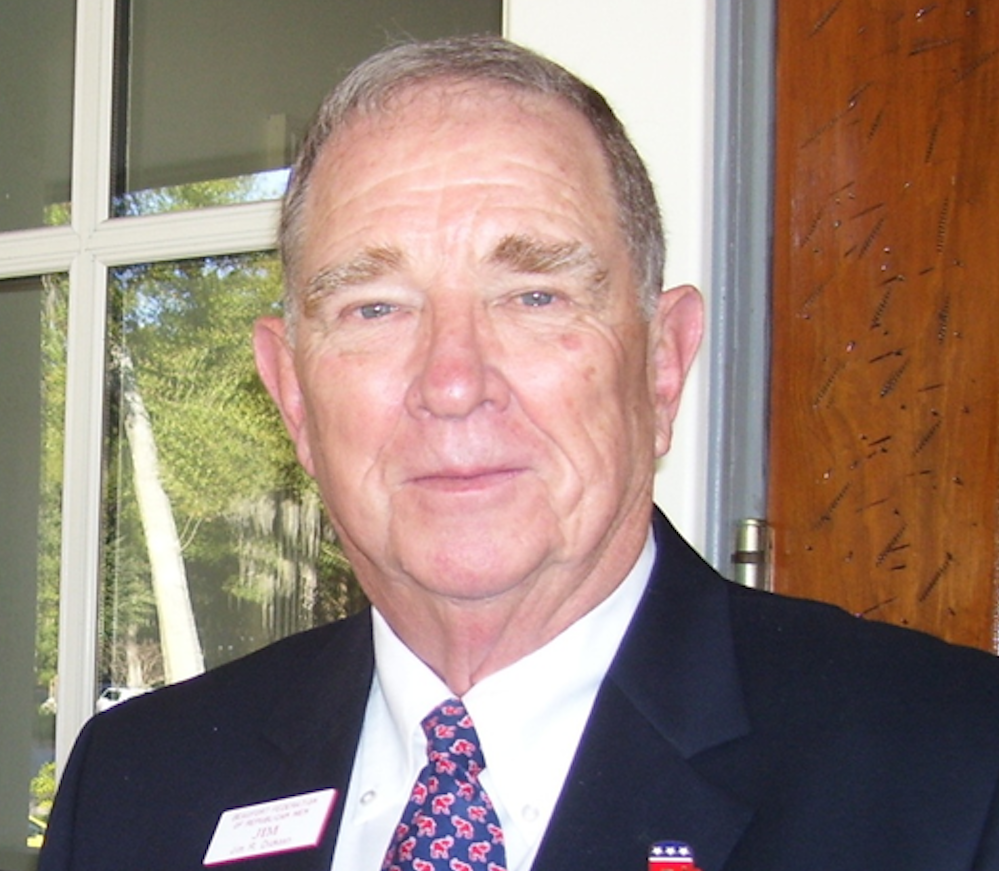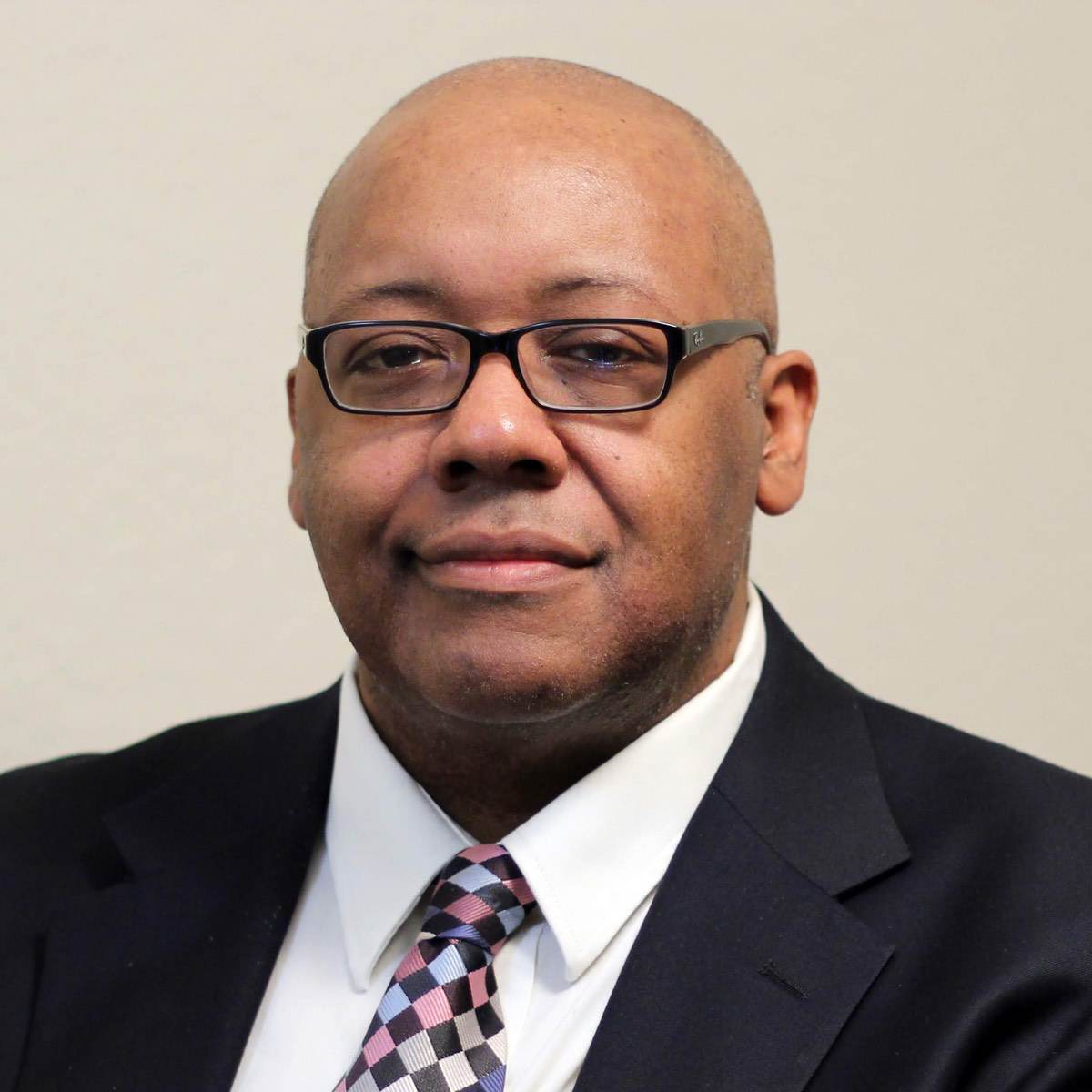Like many of you, I was surprised to learn that Beaufort County has one of richest and longest histories of any place in what is now the United States. As USC Beaufort Professor of History and Beaufort native Larry Rowland likes to say, “This is where European history began in the United States.” If you have not read Rowland’s “The History of Beaufort South Carolina,” you should.
The first European, a Spanish sea captain named Diego De Salazar, landed in Beaufort County in 1514, made a note of the place and moved on. In 1562, a Frenchman by the name of Jean Ribaut (the guy for which the street is named) founded a colony that he named Charlesfort on what is now Parris Island. It only lasted a short time before they were forced to abandon it and leave, but it was the first European settlement in the United States.
Ribaut ended up on a beach in Florida in 1565 where the Spanish killed he and his men, but that’s another story.
Shortly after that, the Spanish built a town on the same site and named it Santa Elena. It was occupied from 1566 to 1587. To put this in prospective, Saint Augustine was founded in 1565, Jamestown, Va., in 1607. So this is the place where it all began.
If you would like to see what remains of Santa Elena, you can. It is a well marked site on Parris Island, and while you are there, don’t miss the Marine Corps History Museum.
In colonial days the early settlers found ways to live in peace and harmony with the native people. They established a large trade in deer skins and fur. The forests were full of timber and pine pitch which was in demand for ship building.
As time went by that peaceful relationship between the colonists and the native people changed (big surprise, the colonists wanted more and more of their land) which brought on wars between them that went on for years. There were also battles with pirates, the Spanish, the British, and each other.
The first planters grew the cash crops of rice and indigo, which was later replaced by Sea Island cotton. Sea Island cotton was the finest cotton grown anywhere in the world and became the product that, in the 18th century, made Beaufort one of the wealthiest cities in the nation. On a per capita basis, it may have been the wealthiest.
Then came the Civil War. In 1861 the Union Navy blasted its way into Port Royal Sound, and took over Port Royal Sound and the town of Beaufort. Much Civil War and Reconstruction History took place in Beaufort County. Beaufort is now home to The Reconstruction Era National Historical Park. Its headquartered downtown at 706 Craven Street. While you are at it, walk across the street to the Armory Museum. It has lots of good stuff from Beaufort’s history.
Don’t miss the museum at Penn Center on St. Helena Island. This is the site of one of the first schools for freed slaves. It was founded in 1862 by northern missionaries and abolitionists.
Martin Luther King Jr. wrote his famous “I Have a Dream” speech while here on a retreat at Penn Center. You can also learn about the Gullah culture that is so much a part of Beaufort County’s history.
Take some time to walk around the Henry C. Chambers Waterfront Park and look at the various plaques and monuments. They tell the story of the people who built Beaufort.
Beaufort County has had a long and colorful history, with French, Spanish, British, Africans, Native Americans, the U.S. Navy, the U.S. Marine Corps, and a hurricane or two all playing a role.
I hope you will take time to read about and see all of the rich and wonderful places, and most of all grow to love this special place as much as the “Been Heres and the “Come Heres” like me.
Born, raised and educated in the Southwest, Jim Dickson served in the U.S. Navy Reserve in Vietnam before a 35-year business career. Retired to St. Helena Island, Dickson and his wife are fiscally conservative, socially moderate and active in Republican politics, though they may not always agree with Republicans. Having lived around the country and traveled around the world, Dickson believes that the United States truly is the land of opportunity.








